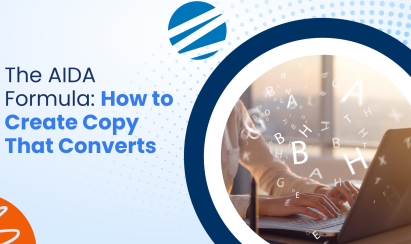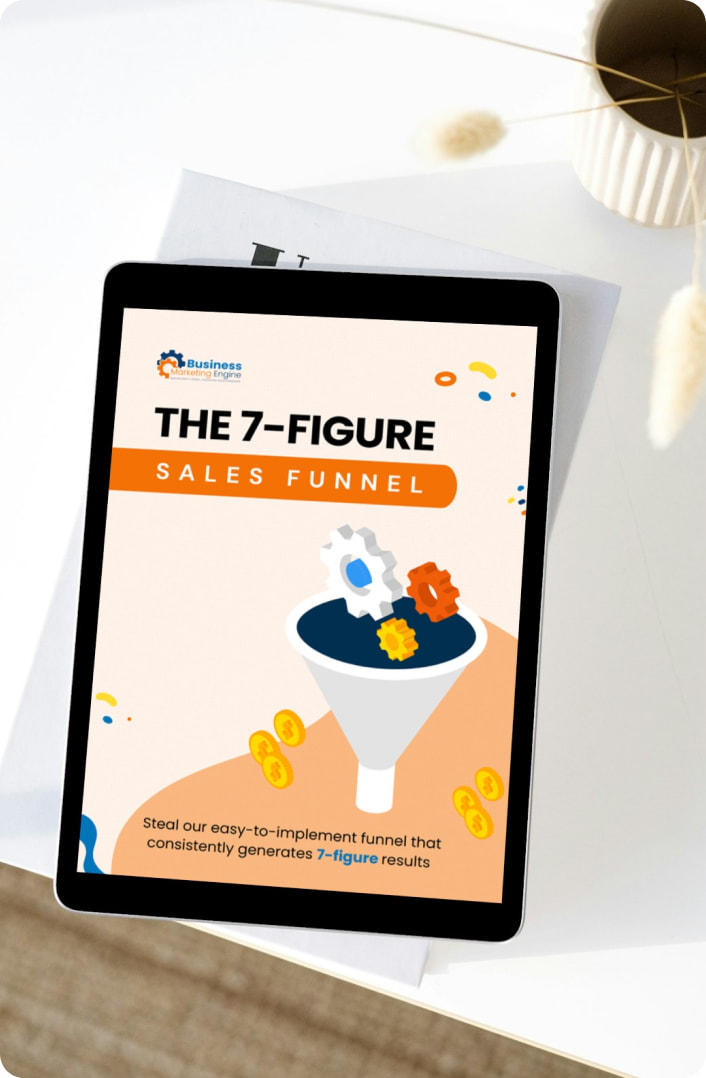Unlike a local storefront where customers are typically neighbors and friends, potential customers in today’s market are located around the world, checking out information via the Internet and making purchasing decisions based on their individual research rather than sales presentations.
As a result, the way businesses market their products and services online is more important now than ever, and companies are finding the need for more concentrated Internet efforts. One tool companies are using to address the demand for consistent, quality Web content that converts prospects into customers is marketing automation.
What is Marketing Automation?
Marketing automation is the use of focused platforms and software systems to harmonize marketing efforts across various channels. These software programs can be customer relationship management tools, and are used to schedule email, prepare and post Web and blog content, and plan and post content to various social media accounts.
Marketing automation helps companies large and small increase their efficiency with their time and resources, as accounts using this tool can program months of work in mere minutes. Additionally, marketing automation is an efficient tool for turning prospects into customers, helping them to connect the dots and make the jump.
The benefit of marketing automation is not only in the sales prospects you’ll convert but also in the time you’ll save on your online publishing. Pick up some new pointers and tips for increasing your marketing ROI in The Ultimate Marketing Summit Guide, which features new and creative ways to help you manage your marketing, from time management and sales to advertising on social media.
How can Marketing Automation Improve my Conversion Rate?
Starting with a robust sales pipeline that has attainable stages, marketing automation can be used alongside individual tasks and goals to enhance the sales work already planned. It won’t replace any particular job, but can help move potential clients much further down the pipeline at a much faster rate.
Marketing automation can kick in with a prospect’s entrance to your sales pipeline. Most customer relationship management software and other programs to automate your marketing can capture the necessary information about a client. Whether they fill out a form you’ve pre-populated or met a representative at a trade show, sales reps can use this software to acquire their prospects’ phone numbers’ or email addresses. If your next sales step involves contacting prospects to begin relationship building, a pre-written, informal email can be sent, letting them know you’re trying to reach them.
Following this initial communication, marketing automation can help with lead nurturing, or tailoring your content to your customer. Start by mapping out your typical sales cycle, and then pair each sales stage with a component of your online marketing. During the lead nurturing phase, you are courting your customer. Give them the information they are looking for, in their preferred style. Whether you email them links to your blog or your social media accounts or invite them to register for an event, it’s crucial to be sure that each point of contact adds valuable information to their lives and presents clear calls to action.
Watching your customer’s response rate to each stage can help you re-assess their placement on the sales pipeline, and can direct your next steps. Quality analytics software will track the individual prospect’s time spent on your site, pages viewed, links clicked, and content downloaded, and can help you pinpoint the product or service that has caught their attention.
Armed with these numbers, your sales team can determine the most qualified leads, or the ones most likely to convert from prospect to customer. You can then segment your list, and approach like-minded, highly-qualified prospects differently than you would approach prospects who have perhaps stumbled on your site that may or may not have planned to take action.
Marketing automation typically allows you to create custom landing pages, which, when used correctly, can increase your conversion rate by really honing in on the specific information each client is looking for and presenting it clearly, with a stand-out call to action.
Most prospects have a clear idea of what they are looking for before beginning the research. By treating each potential customer the same, and presenting them all with basic information, you’re telling the prospect that their individual needs aren’t important. Marketing automation gives you the chance to show them their value long before your sales team members directly communicate with prospects.
Your targeted approach to providing them with quality content and compelling facts should pay off in a higher conversion rate by the time the potential customers speak with your sales reps. Most campaigns see tremendous success after including marketing automation into their marketing plans.
Master your marketing plan development and use with The Ultimate Marketing Summit Guide, which will cover all areas of marketing tools and time management to bring you new prospects and a growing bottom line.






Mp3vidi.com is a perfect automated,cloud based, Saas tool for the purpose of turning anything AUDIO to VIDEO for the purpose of running ad campaigns on Social Media,E mail, and Mobile. It is the lowest cost,highest quality automated technology available for this exact purpose. Stop by ,sit on the porch,have a glass of sweet ice tea,open the lap top, and see how easy one can generate an ad, some as quick as 2-3 minutes. Much Love